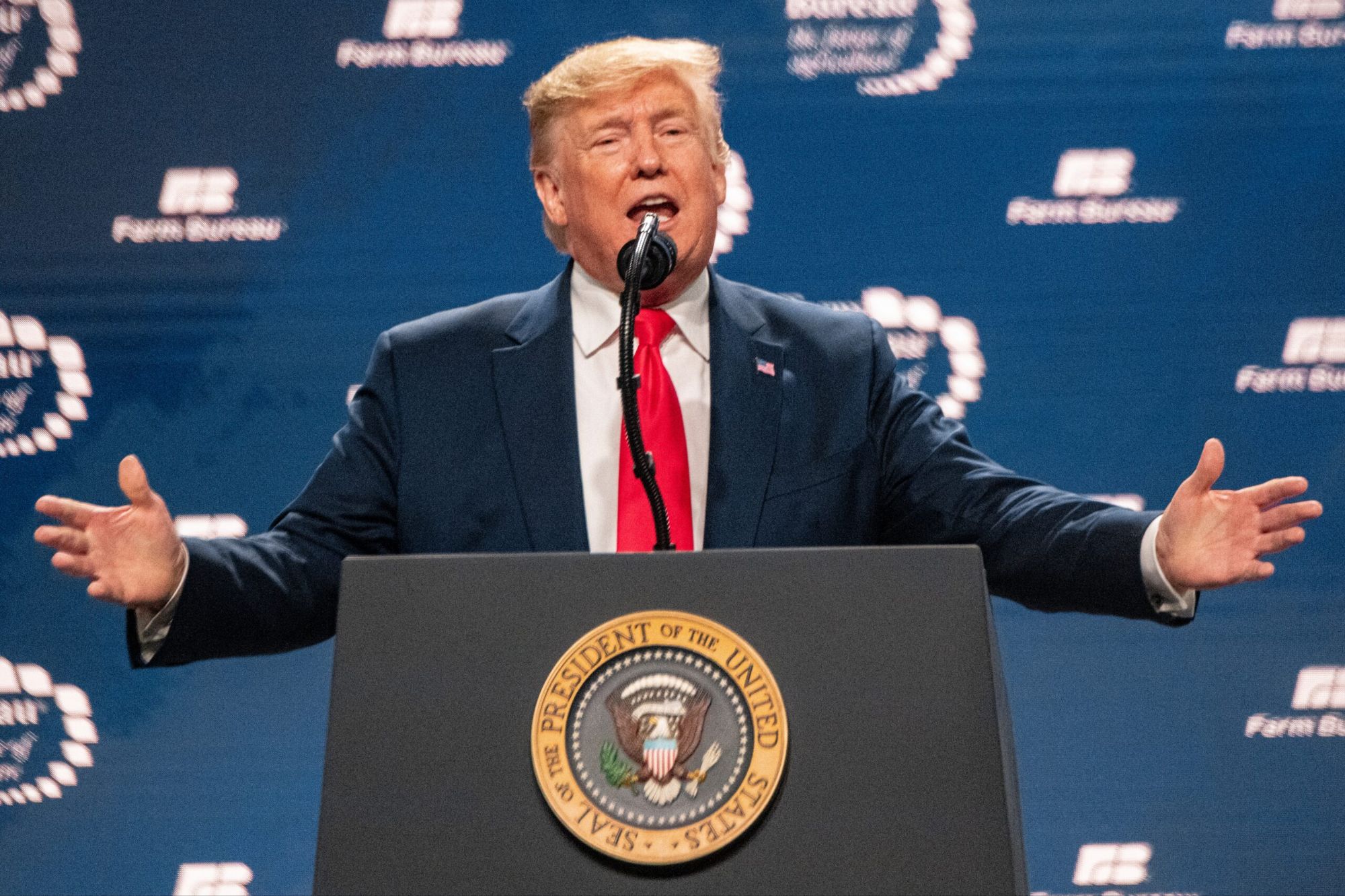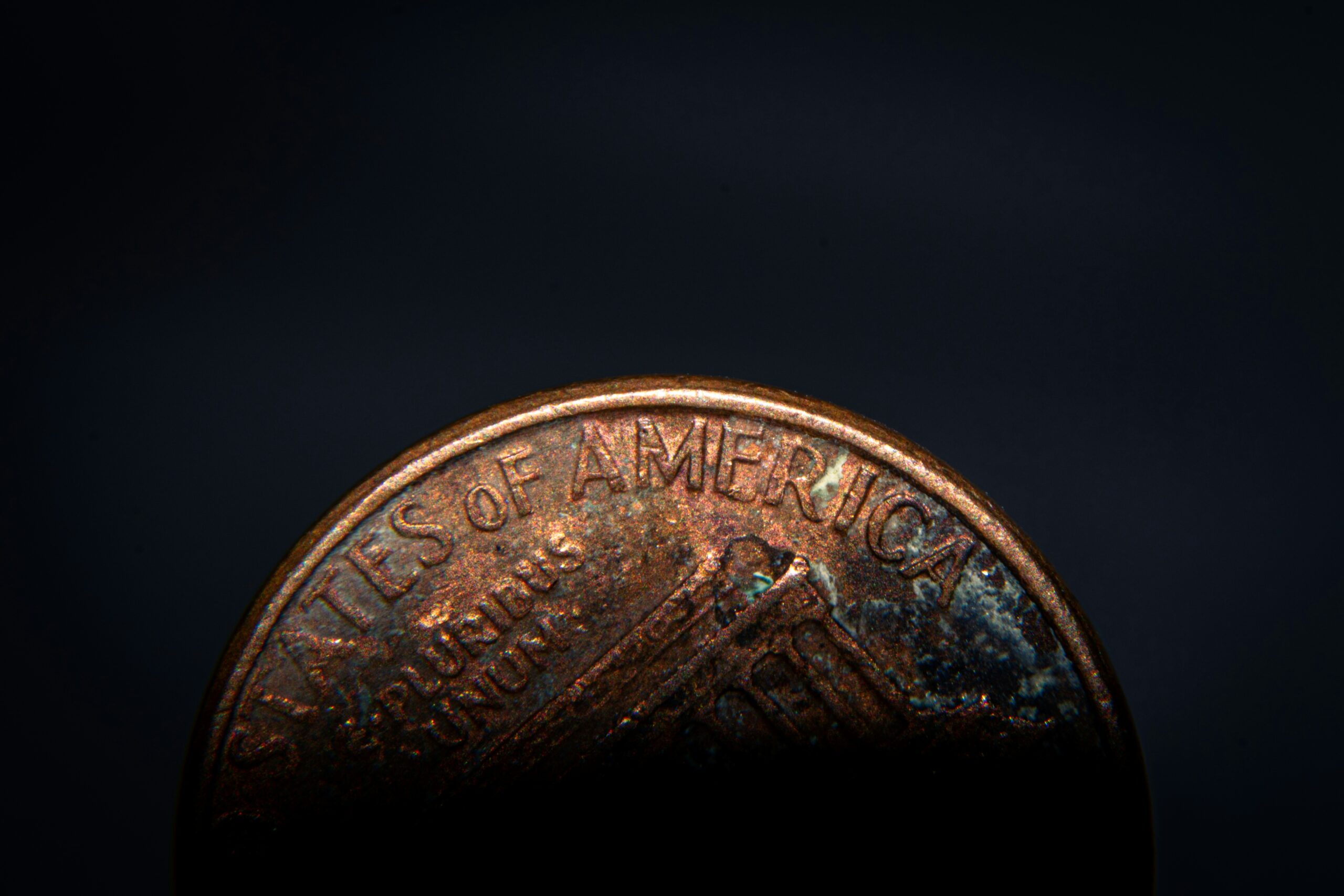The Trump regime is calling it economic self-defense. But for everyday Americans, President Donald Trump’s sweeping new tariffs amount to a colossal tax hike—disguised as patriotism.
Under the so-called “Liberation Day” trade policy, all imports now carry at least a 10% tariff, with goods from China, the EU, Japan, and other key trading partners facing even higher rates. The White House says the plan will bring manufacturing back to the U.S. and raise hundreds of billions in revenue. But economists, business leaders, and consumer advocates say the burden will fall squarely on American families.
According to estimates from independent economic analysts, the average U.S. household will pay roughly $1,350 more per year as prices rise on everything from cars and electronics to clothing and groceries. That’s because tariffs are not paid by foreign governments. They’re paid by importers—and passed down the supply chain until they hit store shelves.
“These tariffs function exactly like a sales tax,” said one retail industry economist. “You can call it protectionism or economic nationalism, but at the end of the day, it’s money out of consumers’ pockets.”
Worse, the effects are regressive. Lower-income families, who spend a higher proportion of their income on goods, will feel the squeeze hardest. Inflation, already a concern, is expected to climb by at least 2.5% due to the trade restrictions.
Industries that rely on global supply chains—including automotive, construction, and agriculture—are warning of potential layoffs and rising costs. Small businesses, in particular, say they lack the flexibility to absorb such price shocks.
“This is not a foreign tax,” said one small business owner in Michigan. “This is a tax on Americans. Period.”
The administration insists that revenue from the tariffs—which it projects to top $500 billion—will be used to fund middle-class tax cuts. But critics note that the same households paying higher prices at checkout are unlikely to see equivalent savings.
In the meantime, the U.S. consumer is being weaponized in a trade war few understand, and fewer still can afford.
Author
Discover more from The Crustian Daily
Subscribe to get the latest posts sent to your email.












